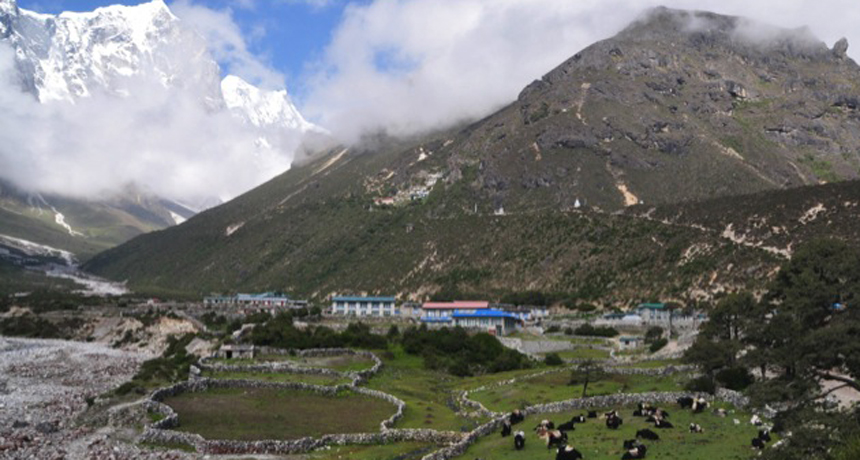Origin of Tibetans’ high-altitude adaptations found

Studying the DNA of people from Nepal's Thame village (shown), which is at an elevation of 3,800 meters, helped scientists identify the two ancestral gene pools that merged to become part of the genetics of modern-day Tibetans.
Cynthia Beall






